Your cart
Your Cart Is Empty
Vector files are recommended & most printers will ask for this file type as it will always produce the best results.
Raster files are the alternative option and a necessary option in some cases, especially for photographic artwork.
Raster files should be high-resolution with minimal compression for the best print possible.
The most problematic files are those that are low-resolution and compressed raster images, which is the reason why vectors are favored as they will not require as much work to prepare for printing, and in some instances, bitmap files will require for the artwork to be recreated entirely.

Get Ahead
If you submit 300 dpi files, your artwork will be miles ahead of anything with a lower resolution. You can download Photoshop templates for T-Shirts and more from our Templates page.

RASTER GRAPHICS
Raster (or bitmap) graphics are made up of tiny squares called pixels. Once a raster graphic is created at a certain size (i.e. a fixed number of pixels), it can’t be scaled up without losing image quality. The larger the amount of pixels in an image, the larger the file size – they are positively correlated since the computer needs to store information on every single pixel. Widely used raster file formats are .jpg, .png, .gif, .bmp, .psd and .tiff.

VECTOR GRAPHICS
Vector graphics use mathematical equations to draw out your designs. These mathematical equations are translated into points that are connected by either lines or curves, also known as vector paths, and they make up all the different shapes you see in a vector graphic. This allows vector graphics to be scaled to any size without sacrificing image quality as well as maintain a small file size. Common vector file formats are .svg, .cgm, .odg, .eps, .ai and .xml.

PHOTOSHOP
Before creating your artwork in Photoshop you should ensure that your file is set to RGB color mode and at least 300 dpi. If this is not set correctly before you begin your design phase, resizing it later will result in a blurry image and jagged edges on fonts.

ILLUSTRATOR
If you are designing your artwork on Adobe Illustrator, all you need to do is set your file to the size you want to print. Programs like illustrator will have an option to turn your Raster artwork into a vector. Normally, any raster artwork (created in Adobe Photoshop or other raster software program) has to be separated into four process colors or simulated process color prior to printing out the films used to expose each screen.


